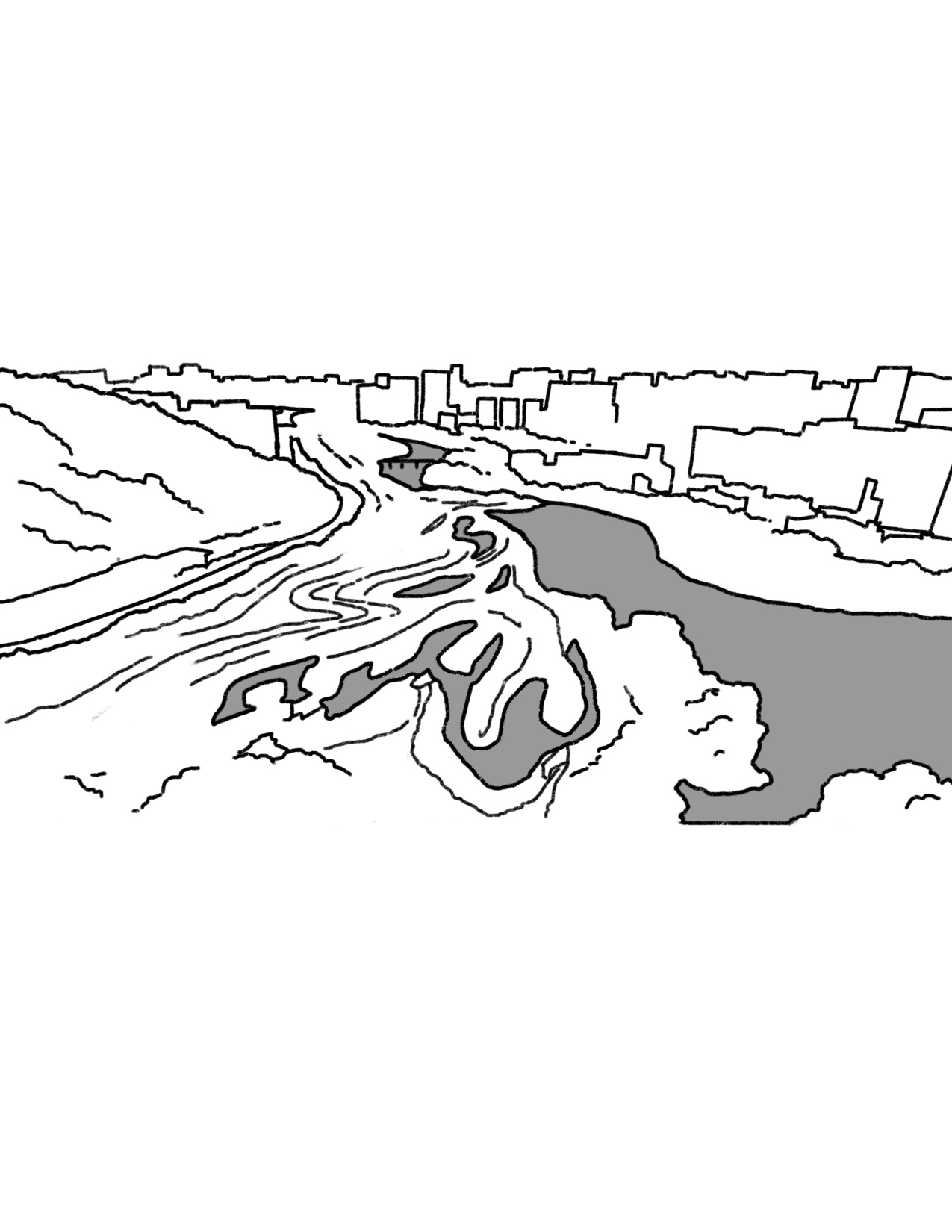Tactic
Adaptation
Increase Biodiversity
Protect habitat
Options
...with an inventory of the species that existed pre-design and designing site specific conservation and adaptation.
...with a buffer of aquatic habitat with at least 100’ of undeveloped area.
...by protecting sensitive habitat areas from increased climatic events such as floods and storm surges along coastal areas and rivers.
...by reducing disturbance from landscape maintenance or maintenance frequency to encourage nesting, mating, and hibernation.
...by protecting species from heat and chemical pollution (shading streams with topography and vegetative shade to regulate temperature, controlling sediment, etc.).
Case Study
At Sanya Mangrove Park, Turenscape rehabilitated mangroves using interlocking landform fingers in order to allow tidal fluctuation while avoiding surges from annual tropical storms or direct exposure to polluted urban runoff. This strategy also helped maximize the “edge effects” by ensuring a diversity of water depth--key to improving biodiversity in aquatic shoreline habitats.
